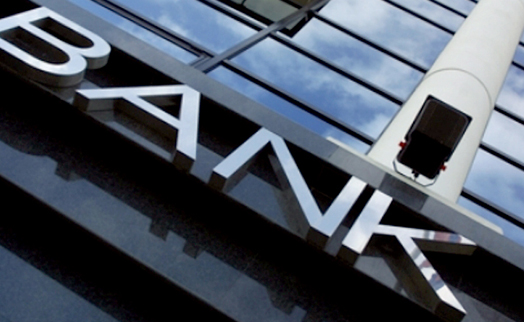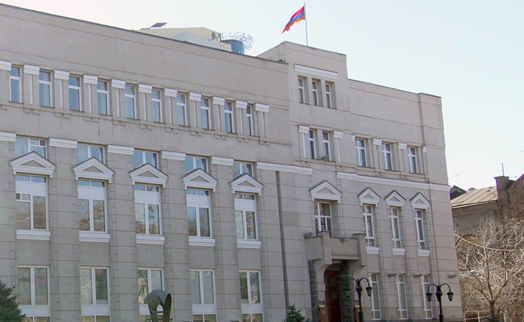YEREVAN, May 21. /ARKA/. Banks’ capital adequacy rate (total capital/risk weighted assets) rose to 15.1% in Armenia in March 2015 as capital grew and assets reduced.
Armenian banks’ capital adequacy rate started going down in November 2014 because of devaluation of the dram and the financial shocks triggered by it.
In particular, it slid 0.3 percentage points to 16.1% in November, then shed to 14.5% in December and to 14.3% in January.
However, after that, the capital adequacy rate regained momentum reaching 14.6% in February and 15.1% in March.
This was due to decrease in amounts of assets with capital growth – assets reduced 3.4% and capital grew 2.7% over the first quarter 2015.
ARKA News Agency’s analysis shows that the total capital/risk weighted assets ratio ranged from 12.38% to 12.77% at three banks – Aneli Bank, Armbusinessbanks and Unibank.
Indicators ranging between 13.14% and 13.6% were recorded at Armeconombank, Ardshinbank, VTB Bank (Armenia), Armenian Development Bank, ACBA-CREDIT AGRICOLE BANK and Ameriabank.
Eight banks – ConverseBank, Inecobank, HSBC Bank Armenia, Areximbank-Gazprombank Group, ProCredit Bank, Byblos Bank Armenia, Araratbank and Artsakhbank – had their capital adequacy rates ranging between 14.5% and 19.95%.
Four banks – ArmSwissbank, Prometey Bank, BTA Banka and Banka Mellat – showed 20.5% to 82.44% capital adequacy ratio.
This means all the banks of Armenia not only ensure, but also have higher than the 12-percent minimum required by the central bank.
As it is known, capital adequacy (N1) is one of the main norms, and all banks ought to comply with this requirement.
This indicator proves banks’ reliability and shows their ability to offset their financial losses at their own account, without damaging their clients.
Armenian banks’ N1 fell seven percentage points over the last five years mainly because of the widening from year to year gap between aggregate assets and capital.
Armenia’s banking sector accounts for a high growth every year, but without considerable injections into the capital.
Every year he banks’ assets grow 20%, on average, while capital shows just a 5% growth.
The central bank’s decision to increase the minimum size of total capital at commercial banks from AMD 5 billion to AMD 30 billion will lead to consolidation of the country’s banks and will enable them to enhance their efficiency and reliability, particularly their capital adequacy. ($1 – AMD 479.77). —-0—–








